With a variety that’s ideal for any spot in the garden, it’s no wonder these low-maintenance beauties are becoming as popular overseas as they are on home shores.
READ MORE: Evergreen late-flowering agapanthus
These indigenous, clump-forming perennials are hardy, water wise and low maintenance and perfect for almost any garden situation, including borders, shady and sunny areas, containers and even difficult spots where nothing else seems to thrive. Here are a few of our favourites.
KEEP READING: Tips on caring for perennial plants
1. Best for shady spots
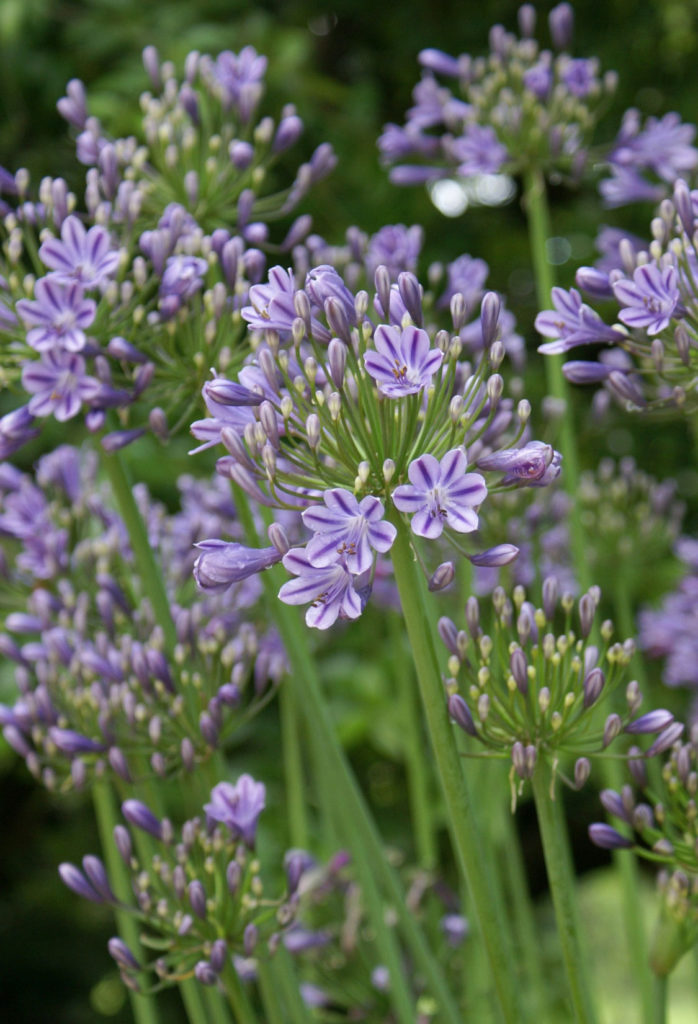
Agapanthus praecox ‘Amethyst’
Found to tolerate more shade than other varieties, ‘Amethyst’ enlivens dark areas with its pretty lilac flowers with amethyst stripes down the centre of each petal. It has a strong flower spike of about 50cm. It blooms three or more times a year, giving consistent bursts of colour throughout summer.
READ MORE: Dealing with shade in the garden
Planting pointers: Plant in a shady spot, although in full shade, it may flower less. It’s resistant to pests and diseases and will tolerate frost, but not heavy frost.
YOU’LL ALSO LOVE: 10 Low maintenance gardening tips
2. Best for containers
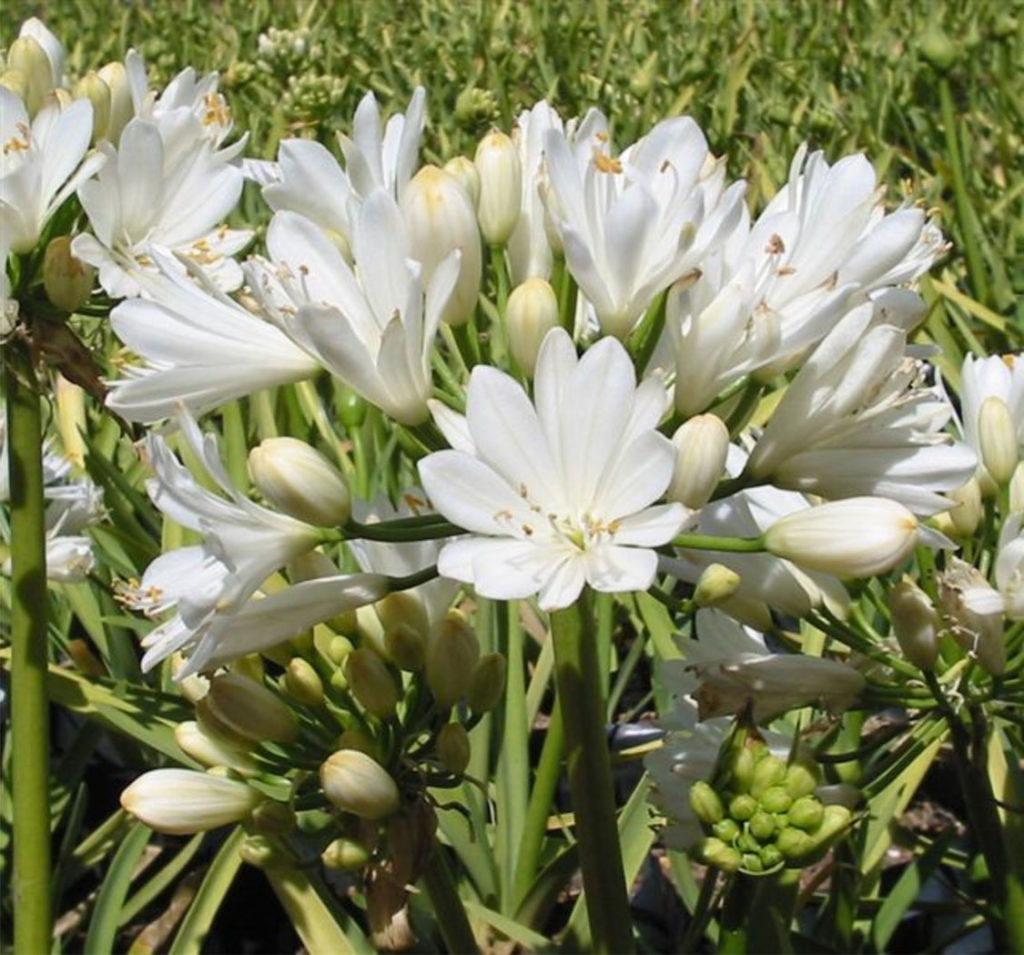
Agapanthus africanus ‘Double Diamond’
This is a miniature variety with double, pure white blooms. Its flowering spikes are about 20–30cm long. Its prolific blooms and compact size make it ideal for containers.
Planting pointers: Position it in sun to semi-shade; remember that if it’s in full sun it’ll need more frequent watering. Plant a group of this variety in a wide, low tub about 10cm apart and the strap-like leaves will cover the soil and spill over the sides of the pot.
RELATED: 10 money saving gardening tips
3. Best as an edging
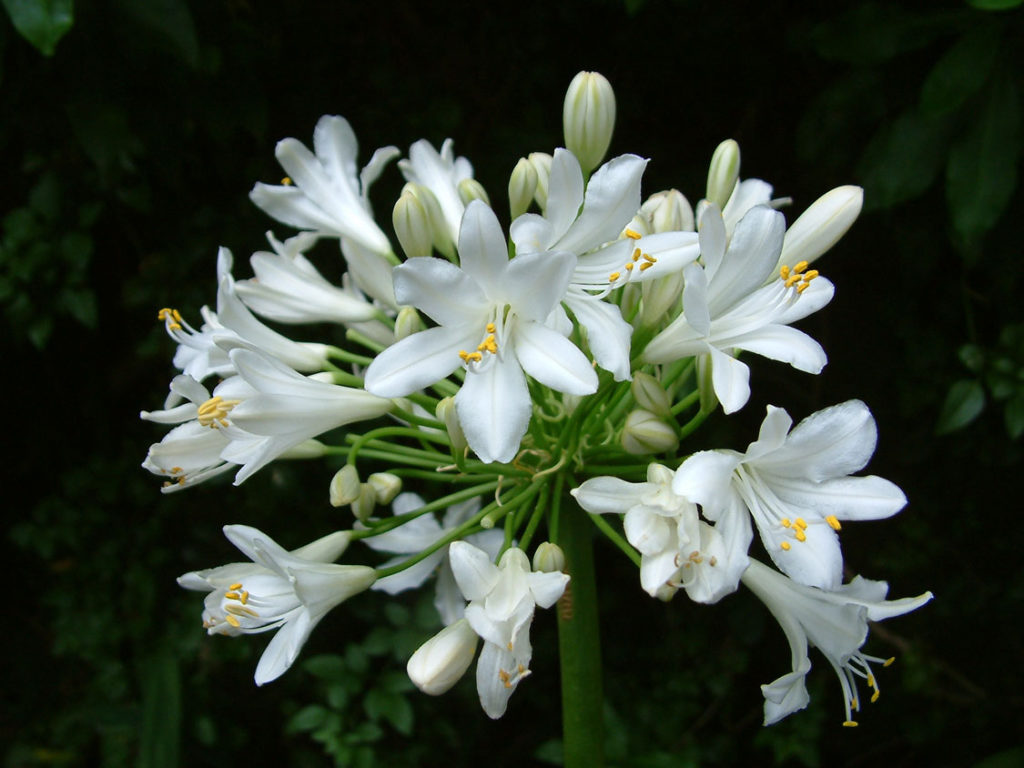
Agapanthus ‘Titch’
As it’s low growing and has compact foliage, this dwarf variety is great for the front of borders. The lovely large white flowers, borne on 50cm-tall stalks bloom from early summer; in the Cape, if well cared for, until as late as March.
Planting pointers: ‘Titch’ is best grown in filtered or semi-shade. If planted 15–20cm apart, the plants will spread to form a continuous evergreen fringe, which is transformed into a sea of white blooms in summer.
4. Best for showy blooms
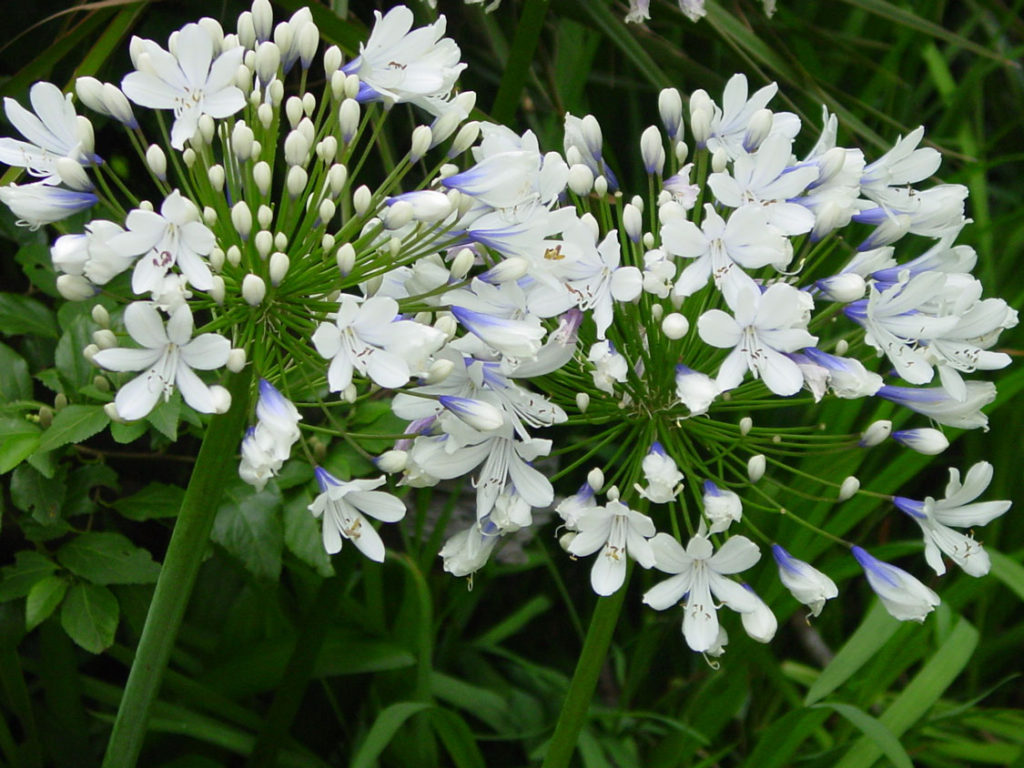
Agapanthus praecox ‘Blue Ice’
A tall growing variety, ‘Blue Ice’ features beautiful white blooms with a striking blue base. It has broad, stout leaves and a very strong flowering spike of about 80–115cm tall. It adds drama to garden beds from early to midsummer.
Planting pointers: To create an arresting picture of cool blue and white blooms, plant en masse (about 50cm apart). It grows well in sun or semi-shade.
READ MORE: 6 Flowering trees we love
5. Best for mass planting
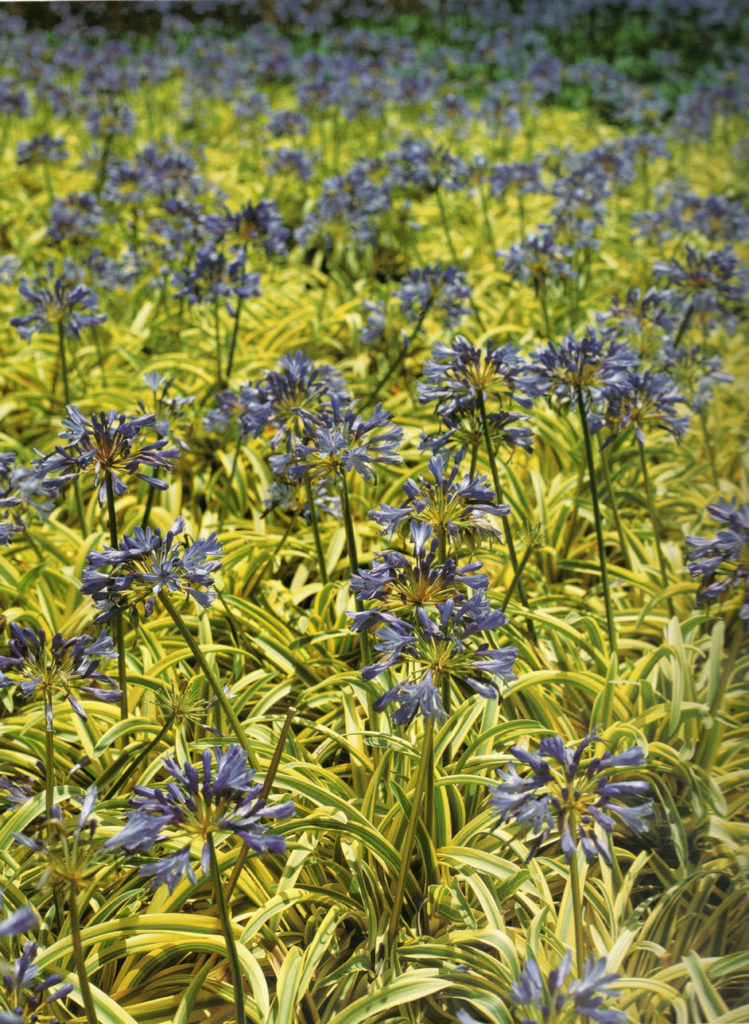
Agapanthus Africanus ‘Summer Gold’
The attractive variegated foliage on this variety makes it ideal for creating swathes of colour. The green strappy leaves are edged in yellow, making an appealing groundcover when not in flower. In early summer, the lilac-blue balls of flowers are borne on 40cm-tall spikes.
Planting pointers: Plant in full sun to semi-shade, about 40cm apart. This variety also does well in shaded areas, where it can be protected from frost in winter, but flowers less as a result.
6. Best for long-lived colour
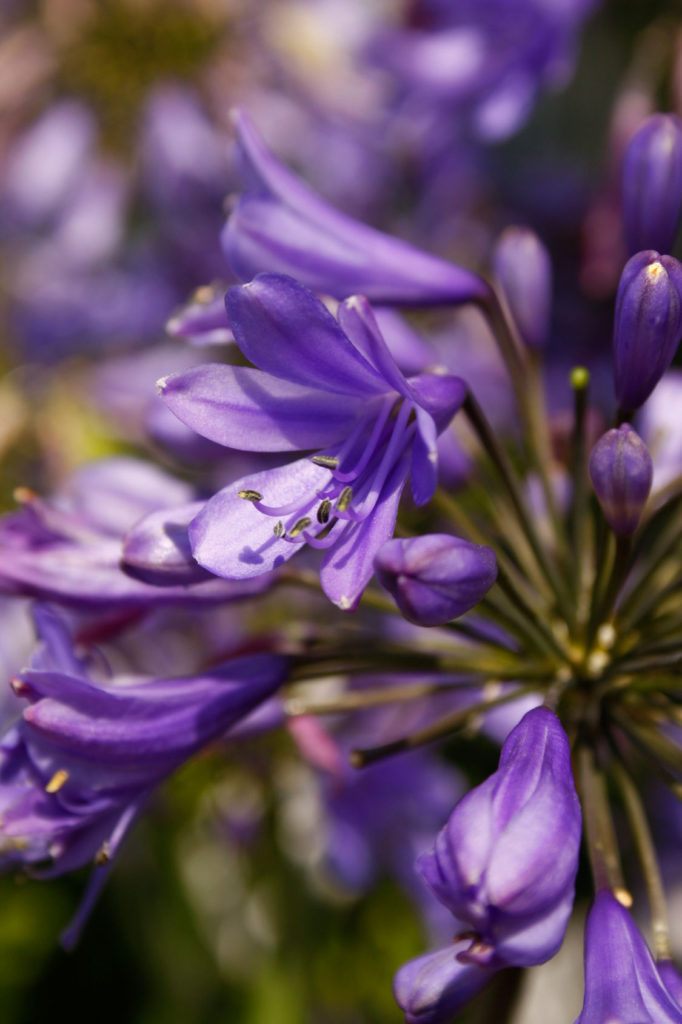
Agapanthus ‘Bingo Blue’
‘Bingo Blue’ is a small to medium, fast-growing agapanthus with dark blue flowers. The flowers appear from late winter to midsummer on 30cm-tall stems, with sporadic blooms appearing during the year as well, giving it a longer flowering period than many other varieties.
Planting pointers: For a carpet of colour, plant them 20cm apart. It flowers best in full sun, but will also tolerate some shade.
GROWING TIPS
Plant expert Johann Nieuwoudt from Simply Indigenous Nursery and The SA Bulb Company shares some advice:
- Plant agapanthus in well-draining, rich, composted soil.
- Agapanthus require a thorough watering at least once a week in summer, unless it rains a lot. They should be kept dry during winter dormancy, otherwise they’ll rot. Start reducing the amount of water you give them in autumn and only resume watering in spring once they start sprouting.
- Feed them with organic or any general garden fertiliser at the beginning of spring or early summer.
- As agapanthus are clump forming, they can become overcrowded and this may hamper their flowering. Divide them, using a garden fork, every three to four years in autumn after flowering. Here’s how to easily divide agapanthus.

